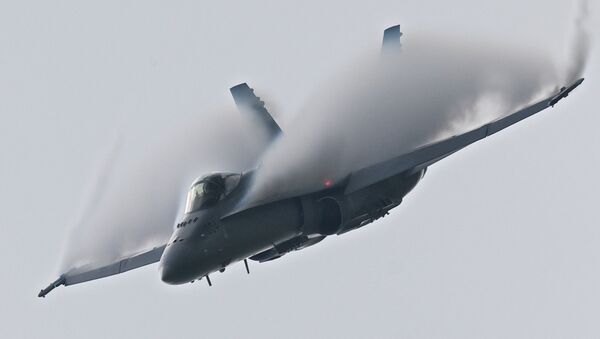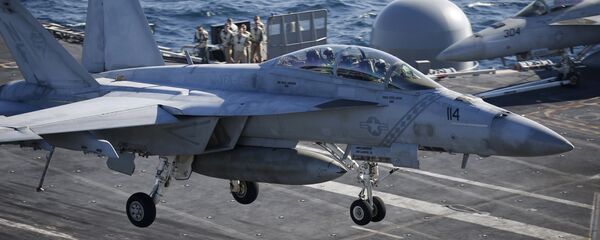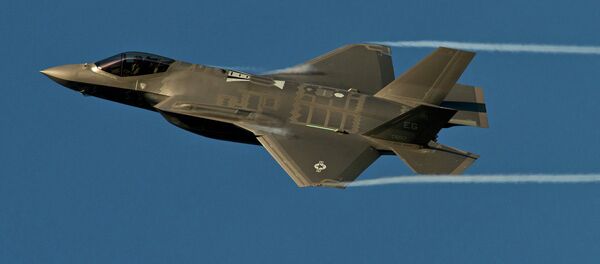The move to "strike" almost 140 Hornet aircraft from the fleet comes after "two strike board reviews with Fleet, CNO [Chief of Naval Operations], NAVAIR [Naval Air Systems Command] determined that 136 aircraft could be authorized for strike because their effective life was consumed and would require significant repair," Lt. Lauren Chatmas, a US Navy spokesperson, told Defense News for a Tuesday report.
The decision to scrap the Hornets is also part of a larger plan to phase out older versions of the aircraft in favor of the newer Super Hornets. The scrapped aircraft will all be Boeing F/A-18 Hornet variants A through D, leaving only the Super Hornet variants — E and F — as the last planes from the F/A-18 family to take off from US aircraft carriers.
The service will scrap the Hornets throughout fiscal years 2017 to 2020, Chatmas said Tuesday, adding that "the decision was based upon readiness risk of existing F/A-18 A-D inventory, long term operational costs versus gain in capability and the potential to improve USMC [US Marine Corps] readiness by transferring best of breed of aircraft to the USMC."
The service expects the move to save almost $1 billion over the next five years.
The Super Hornet is distinct from its Hornet cousin in that Super Hornets can hold up to five external fuel containers and have sufficient modularity to convert into a full-fledged airborne tanker. The Super Hornet also serves as the basis for the Growler ECM aircraft. The first Hornets entered service in 1983, while the Super Hornets first began being used by the US military in 1999.
According to a US Navy fighter pilot who writes for FighterSweep.com and has experience flying the legacy Hornet and Super Hornet, the Super Hornet's improvements include "more powerful engines controlled by FADEC [full authority digital engine], a much larger internal and external fuel capacity, two more weapons stations, numerous avionics improvements and some radar cross-sections reduction measures."






